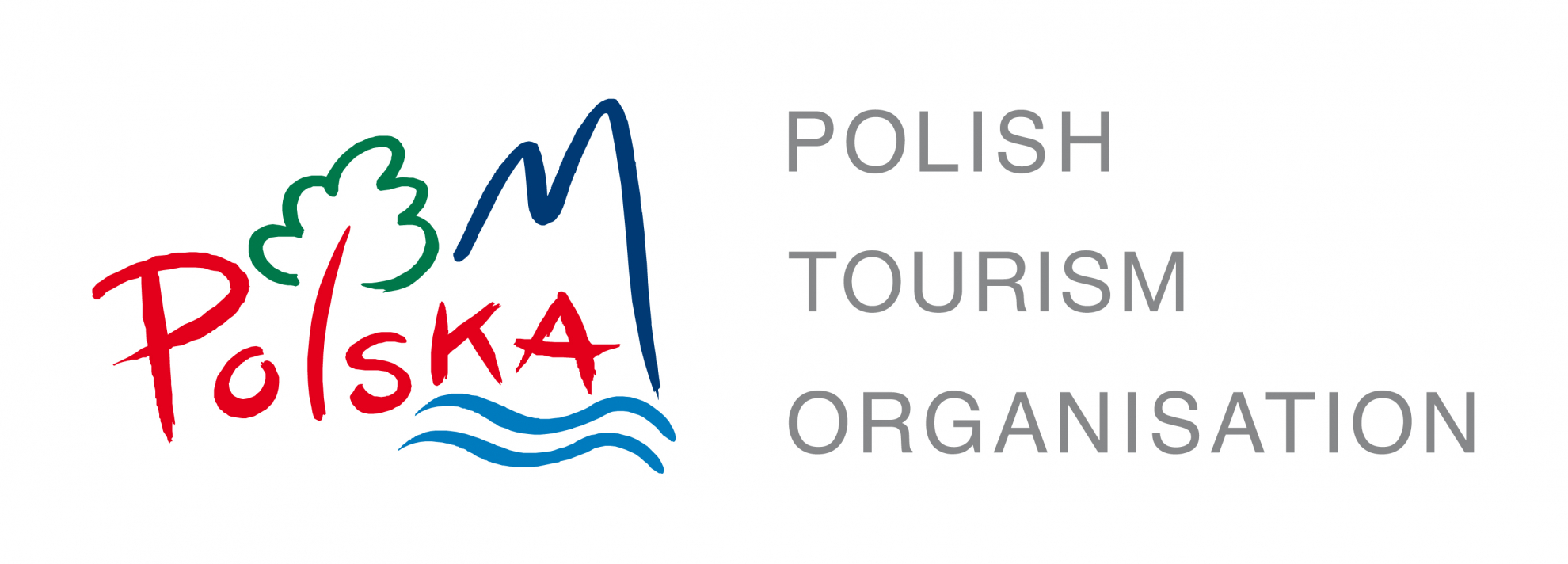The church was erected in the years 1628 – 1638 and is a magnificent example of Mannerism. It is a single-aisle building, with a semicircular presbytery.
The church was erected in the years 1628 – 1638 and is a magnificent example of Mannerism. It is a single-aisle building, with a semicircular presbytery. The two towers in the front part of the church were built in the mid-19th century. The ornamentation of the grand portal refers to the Pinczów school, which was largely influenced by the artistic activity of Santi Gucci. The red, exposed, non-plastered brick walls are contrasting with the white colour of the ferrule ornaments, which can be attributed to the profound Netherlandian influence. The vaults of the aisle and the presbytery are decorated with stucco-works representing the Lublin Renaissance. Inside the church, there are several particularly fascinating objects, among others: the 17th-century pulpit, the baptismal font dating back to the end of the 16th century and the genuine terracotta statues of prophets, inspired by the works of Michelangelo. The 'Domek Loretański' [Eng.: Loretto Small House] (dating back to the first half of the 17th century) situated nearby the church is one of the most beautiful replicas of the Holy House (Santa Casa) in Loretto in Italy, in which the Holy Family used to live. The church and the 'Domek' were endowed by Jerzy Ossoliński, the Great Chancellor of the Crown.


 Térkép:
Térkép:

